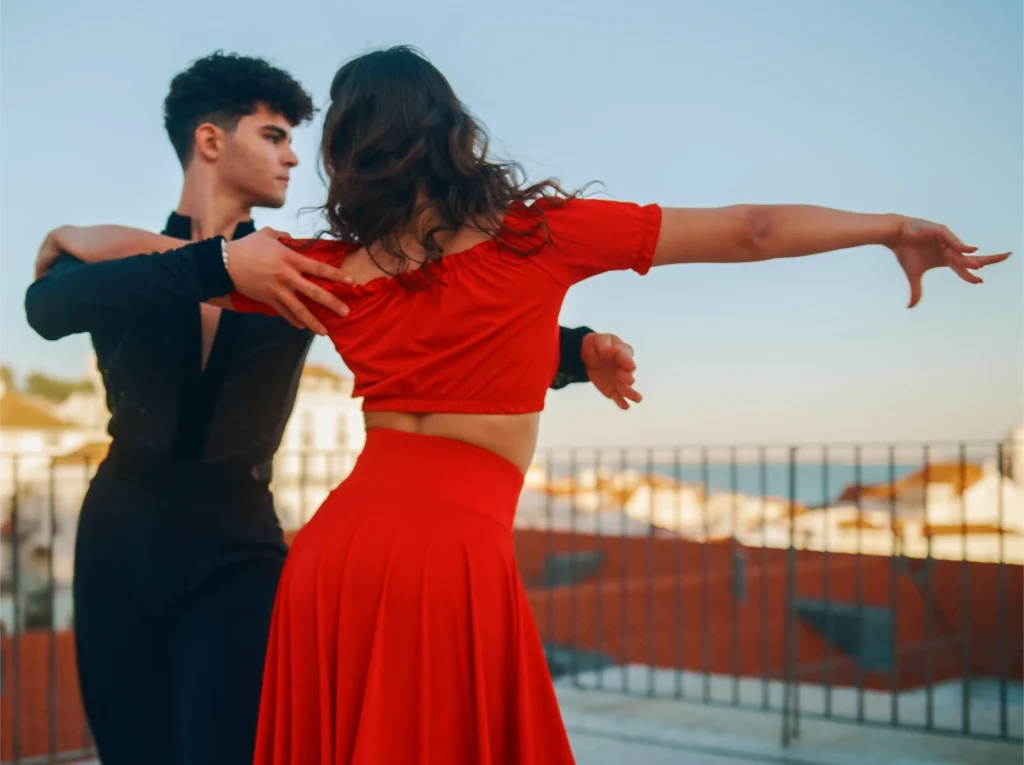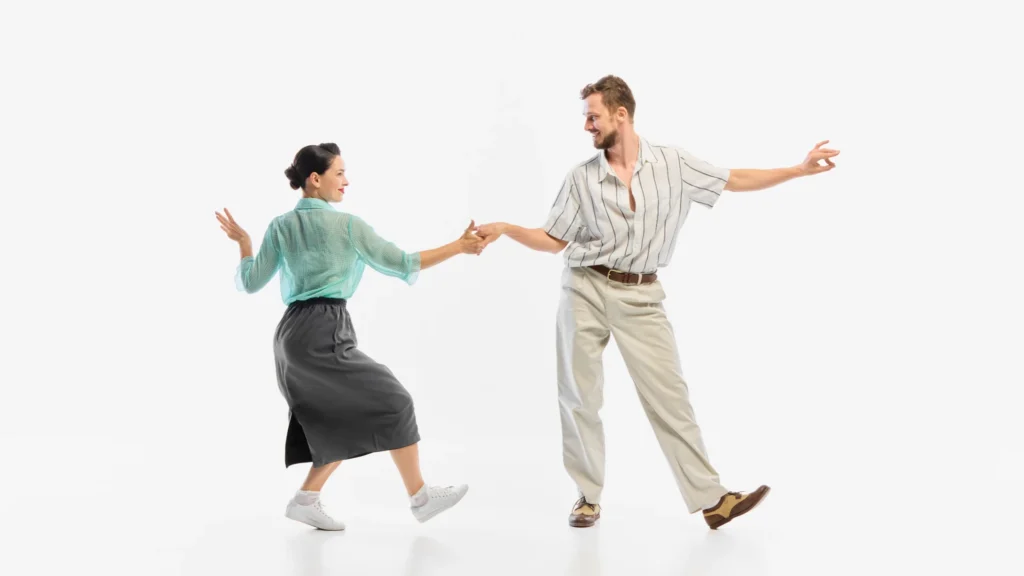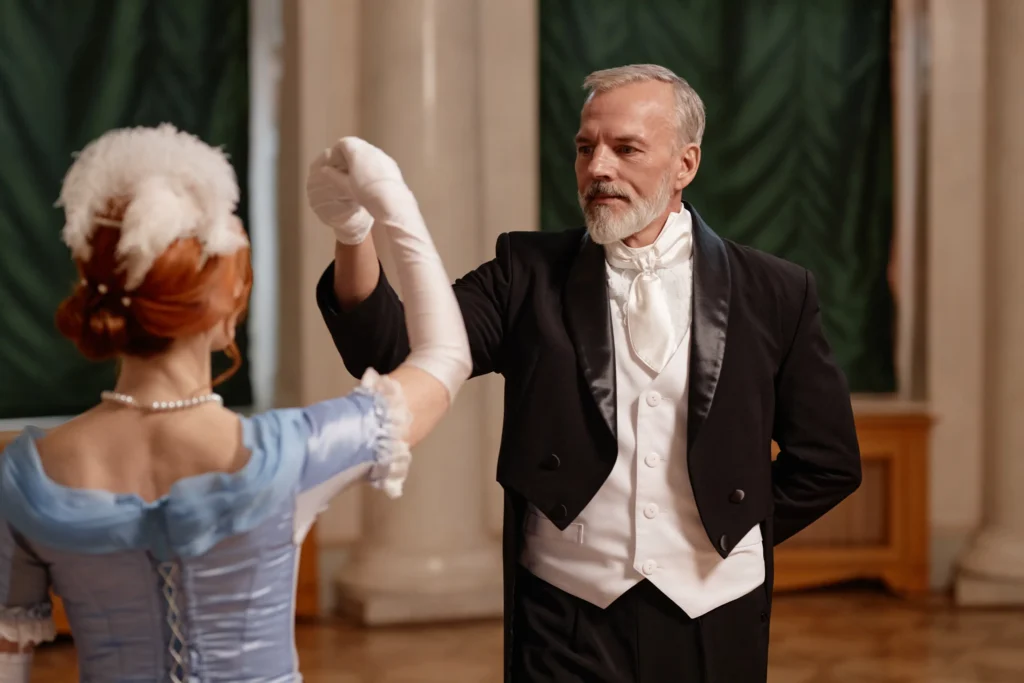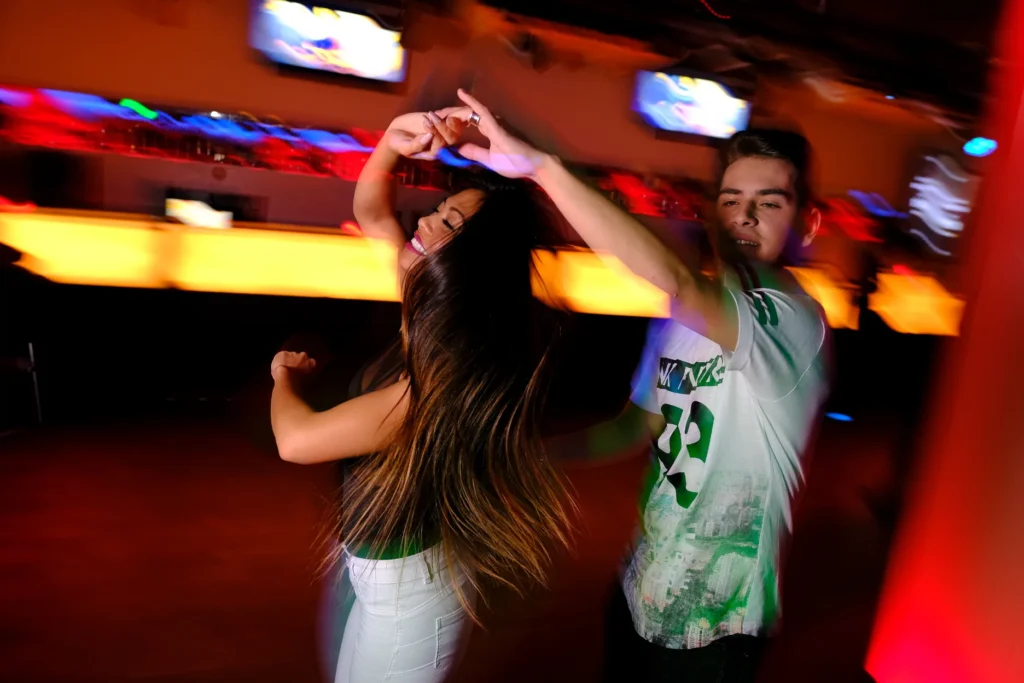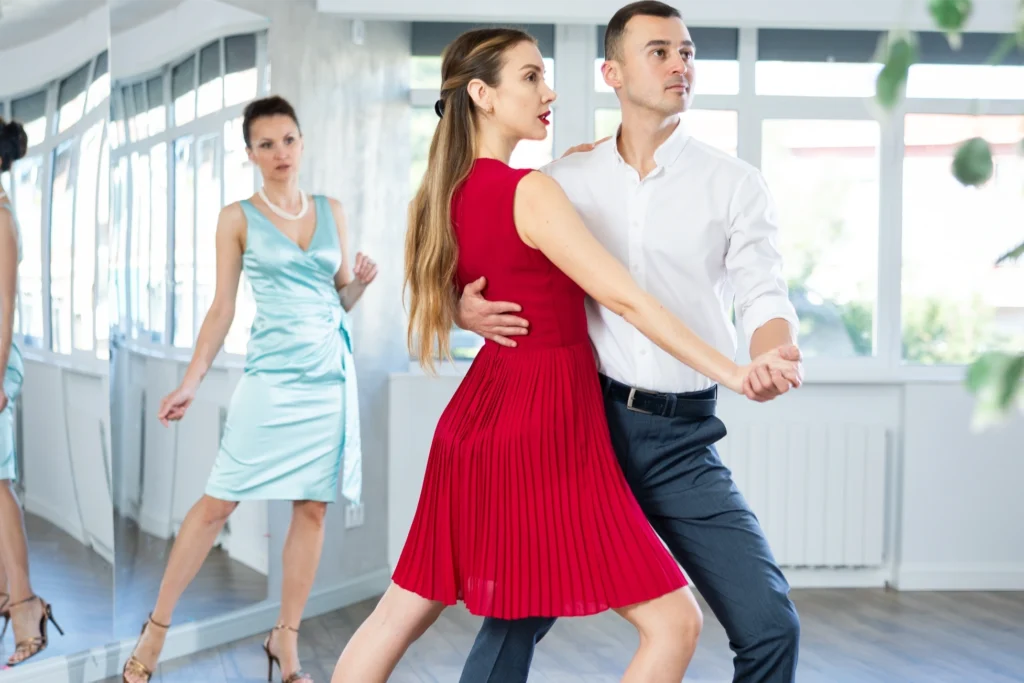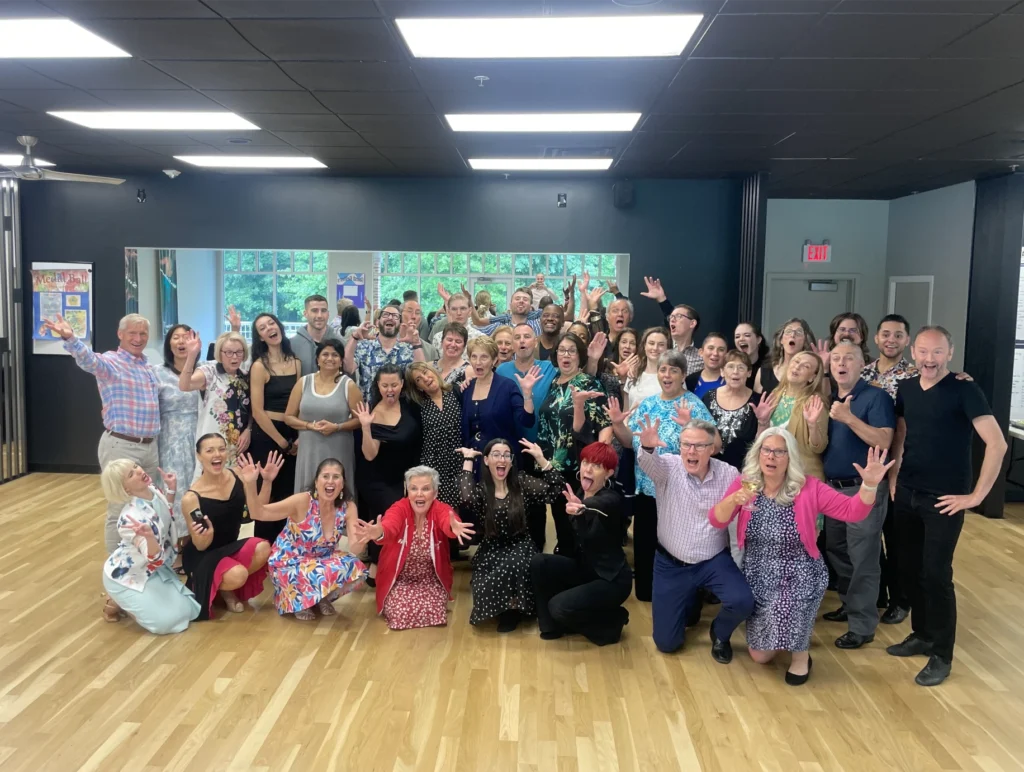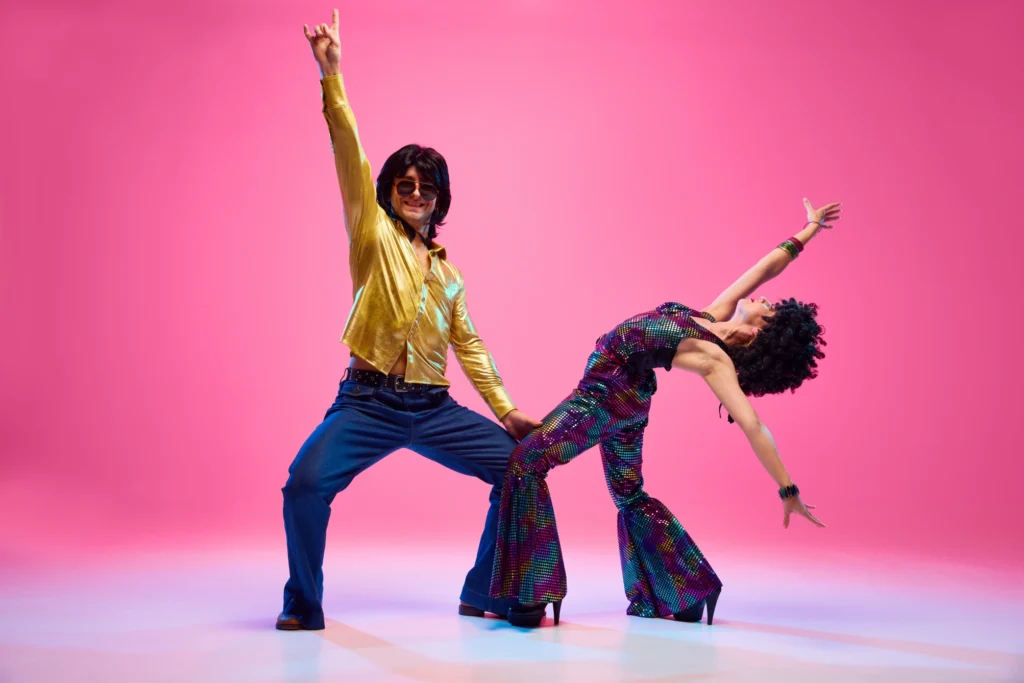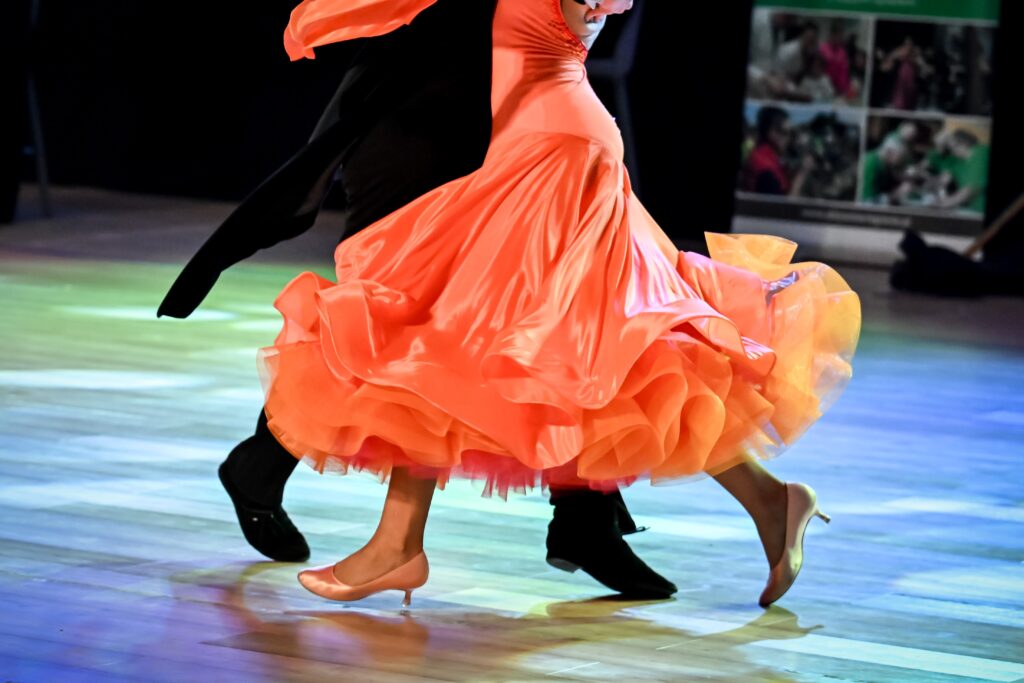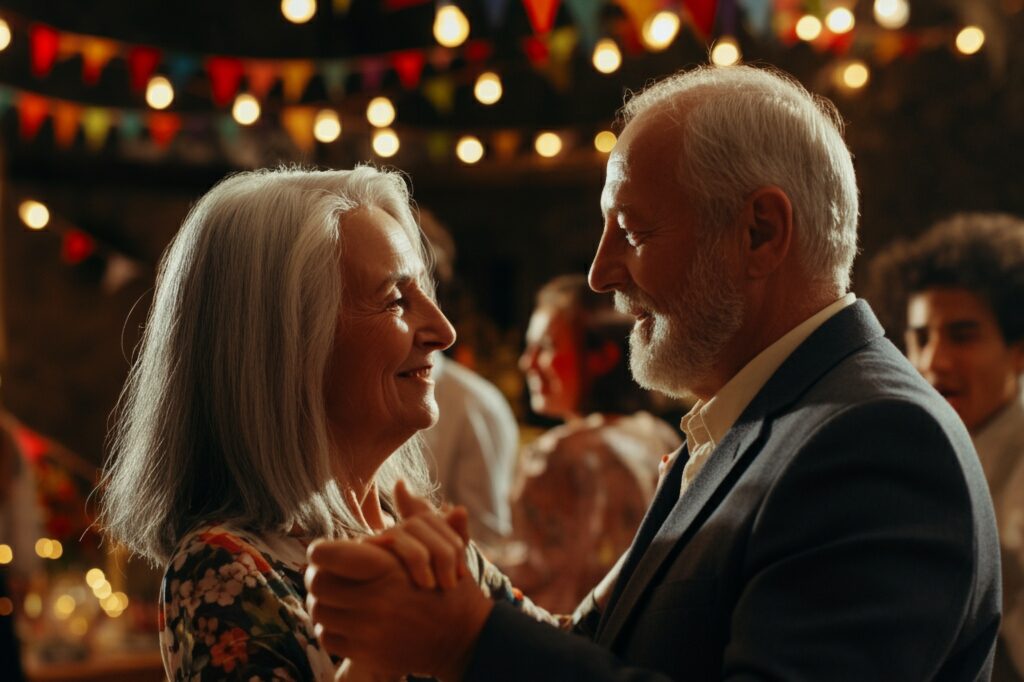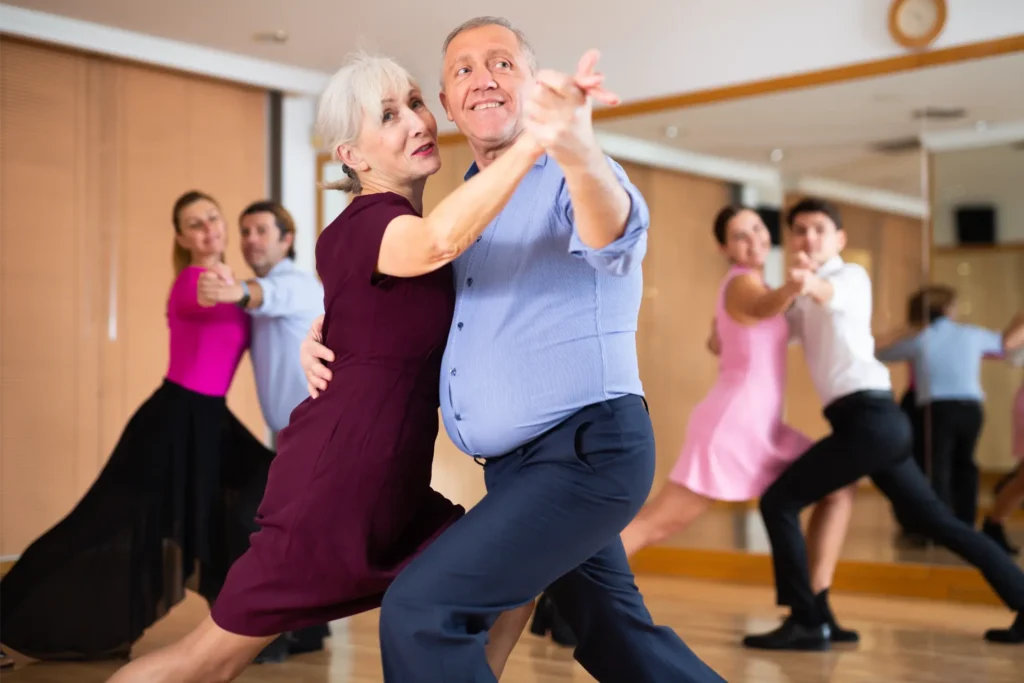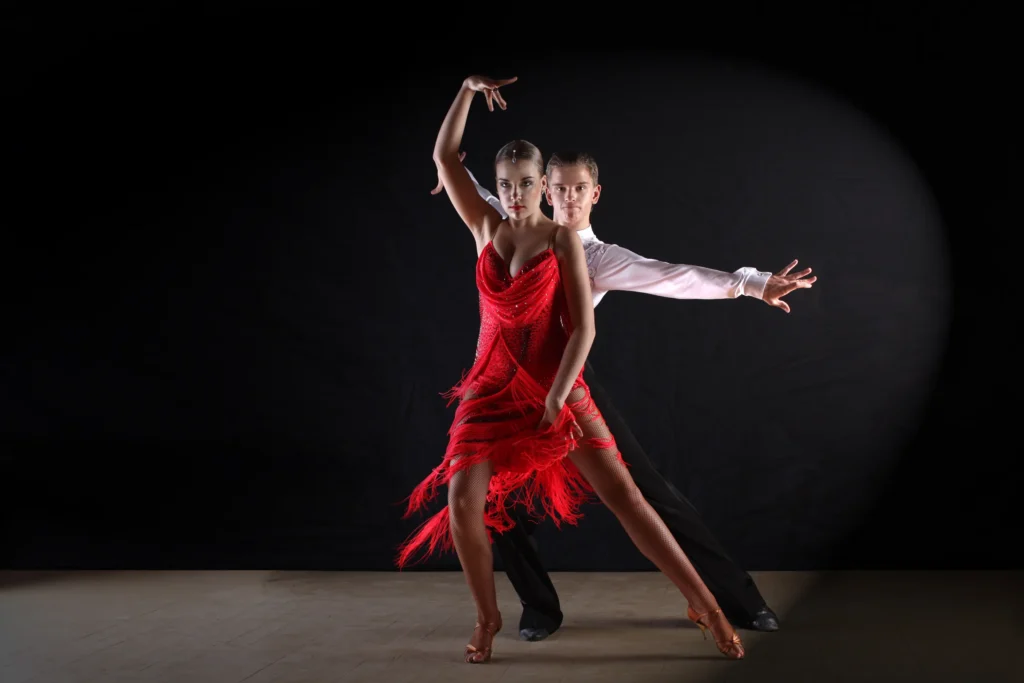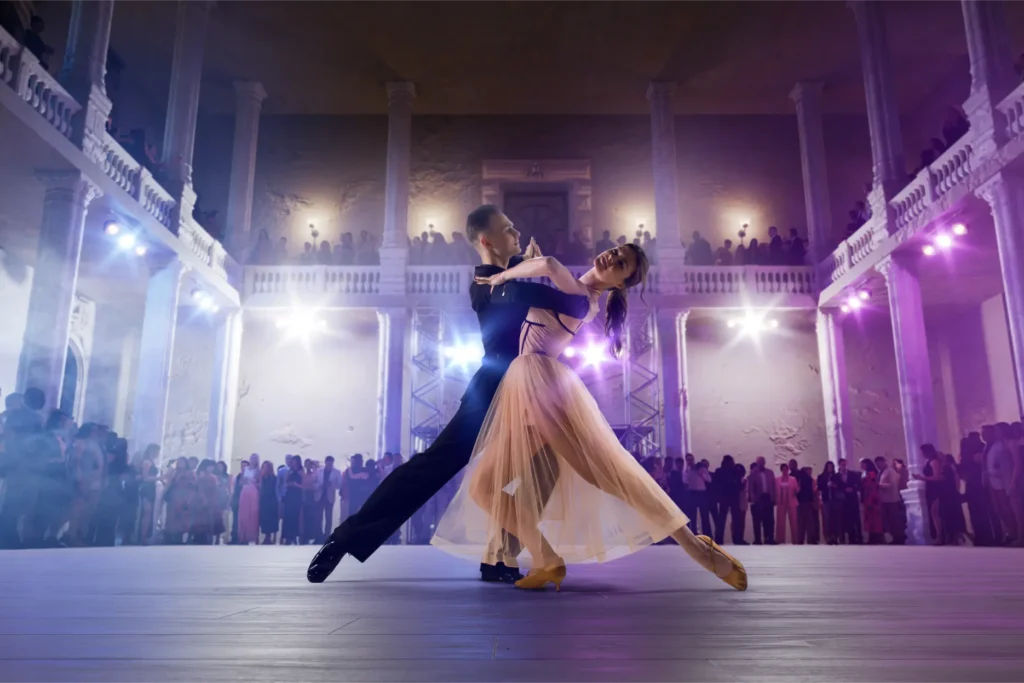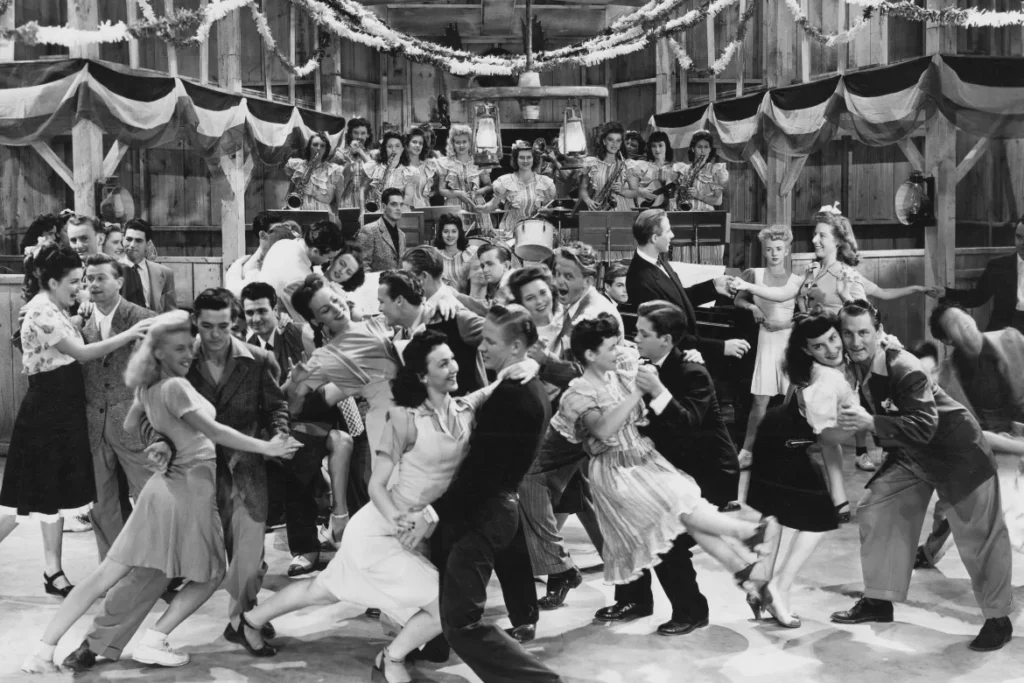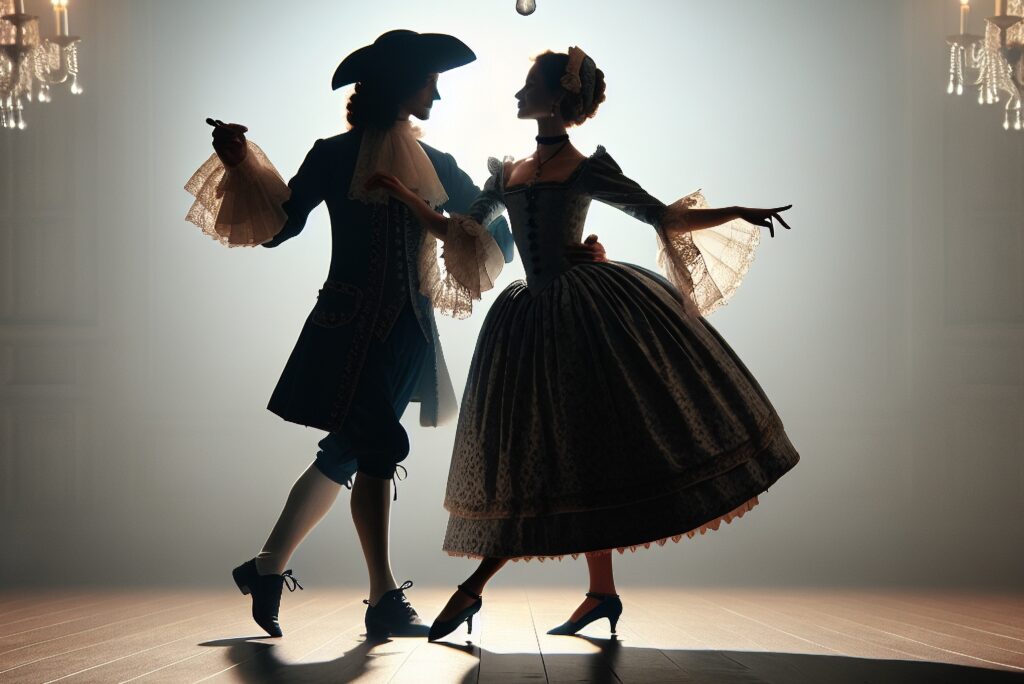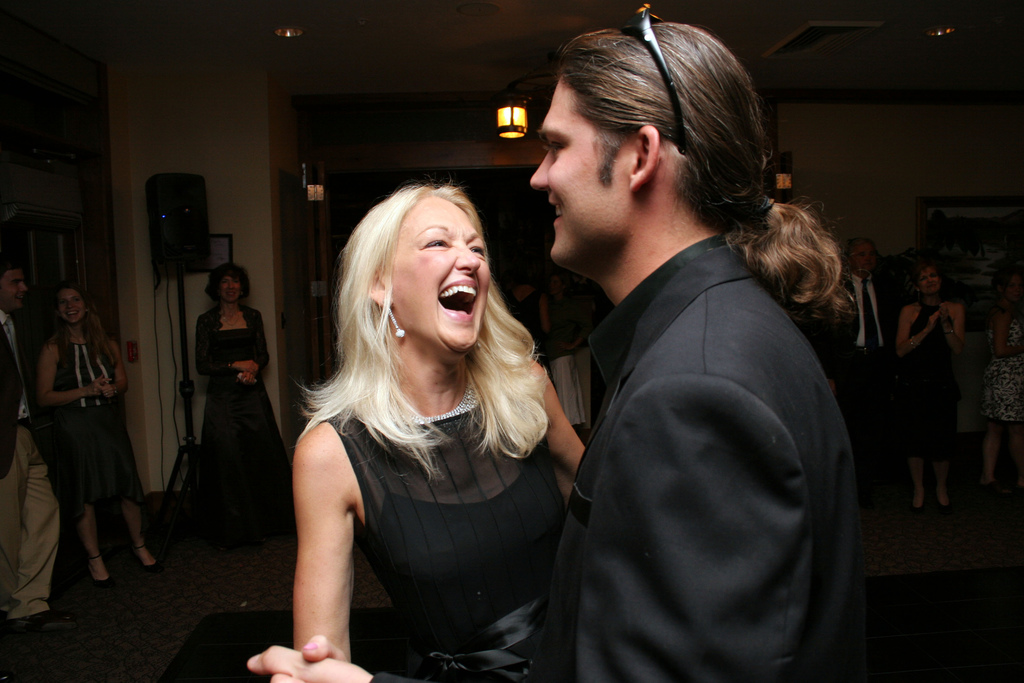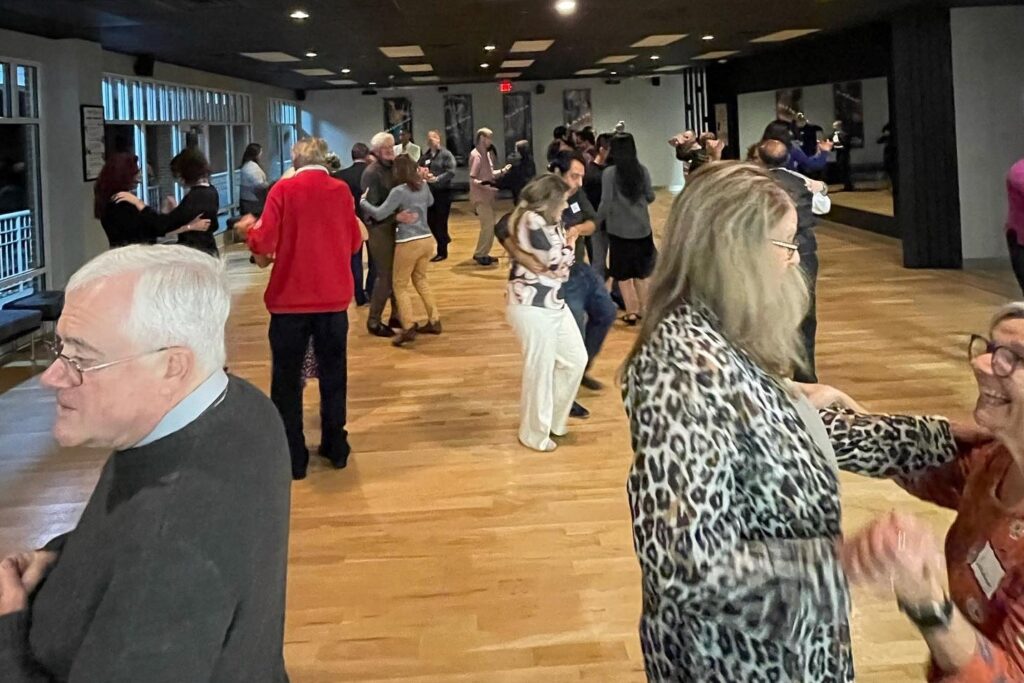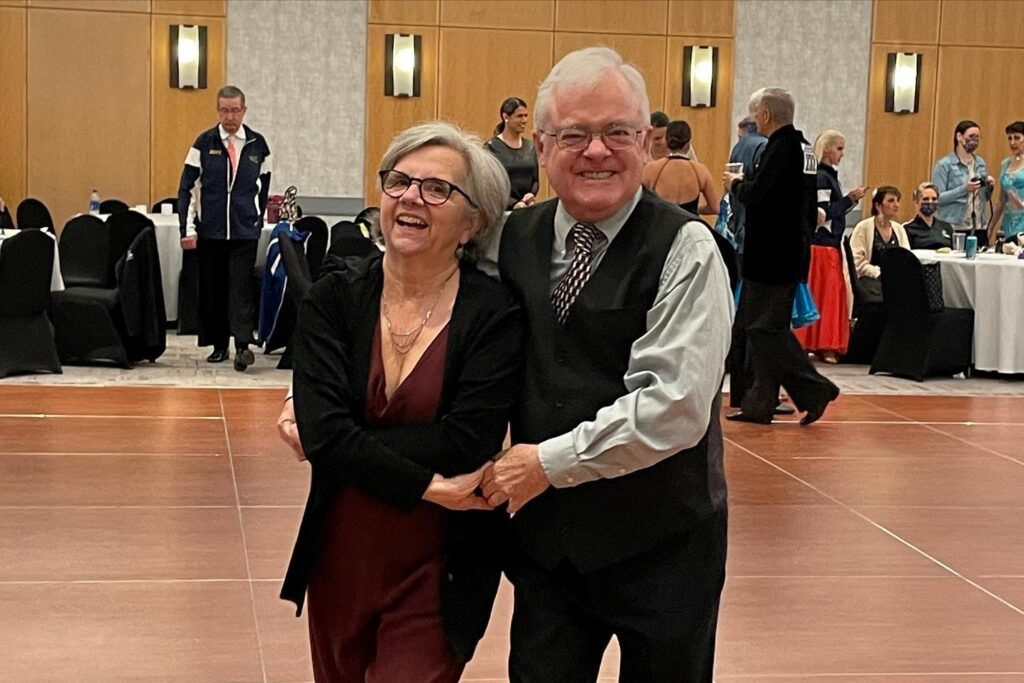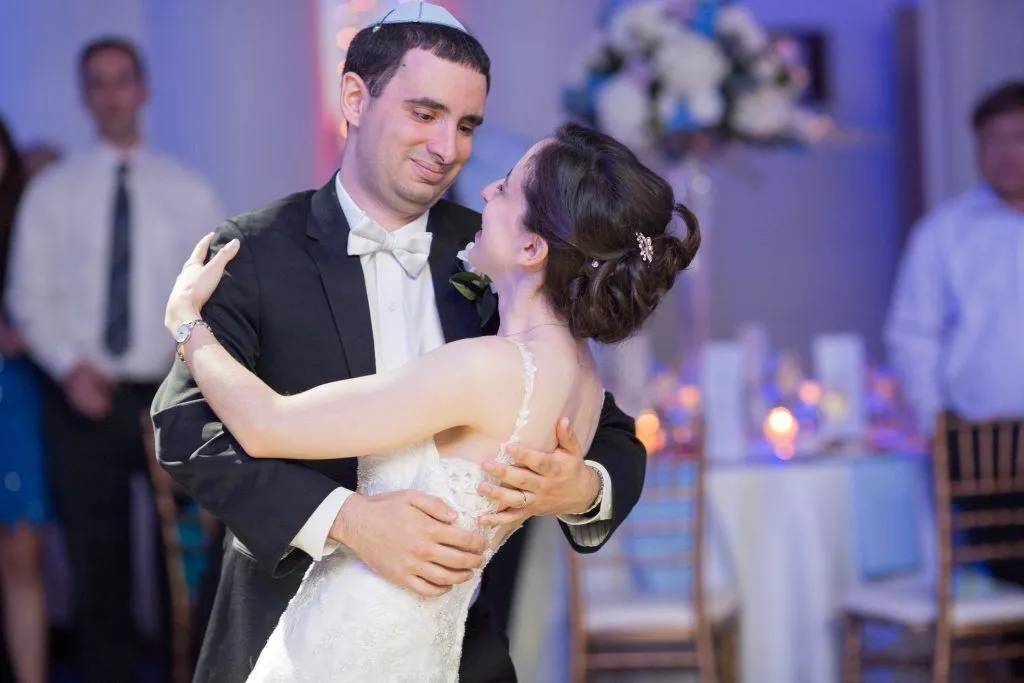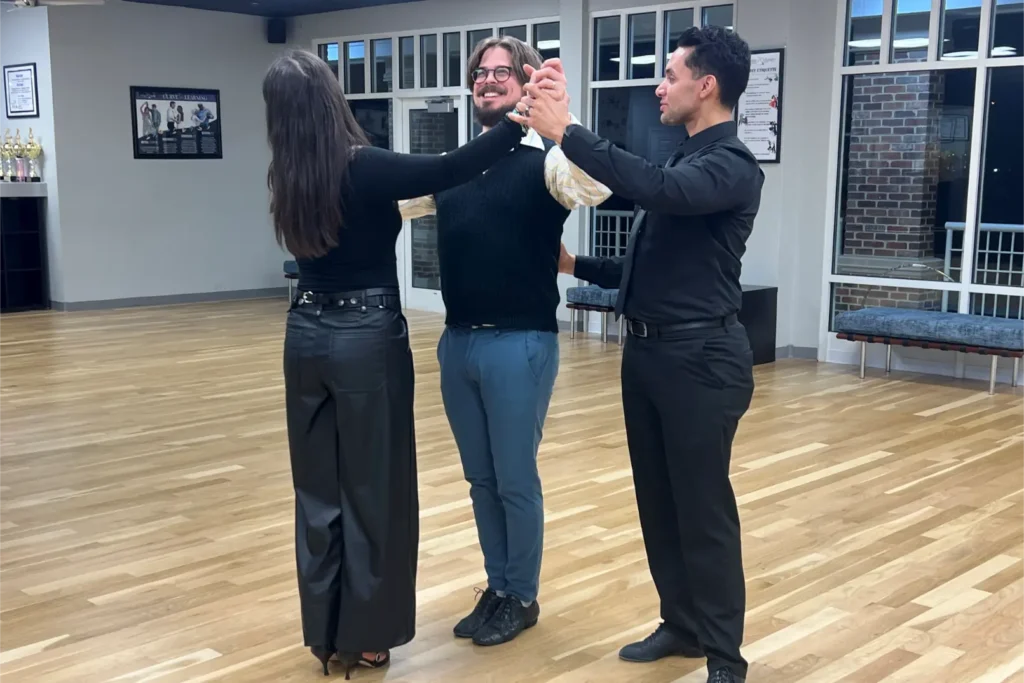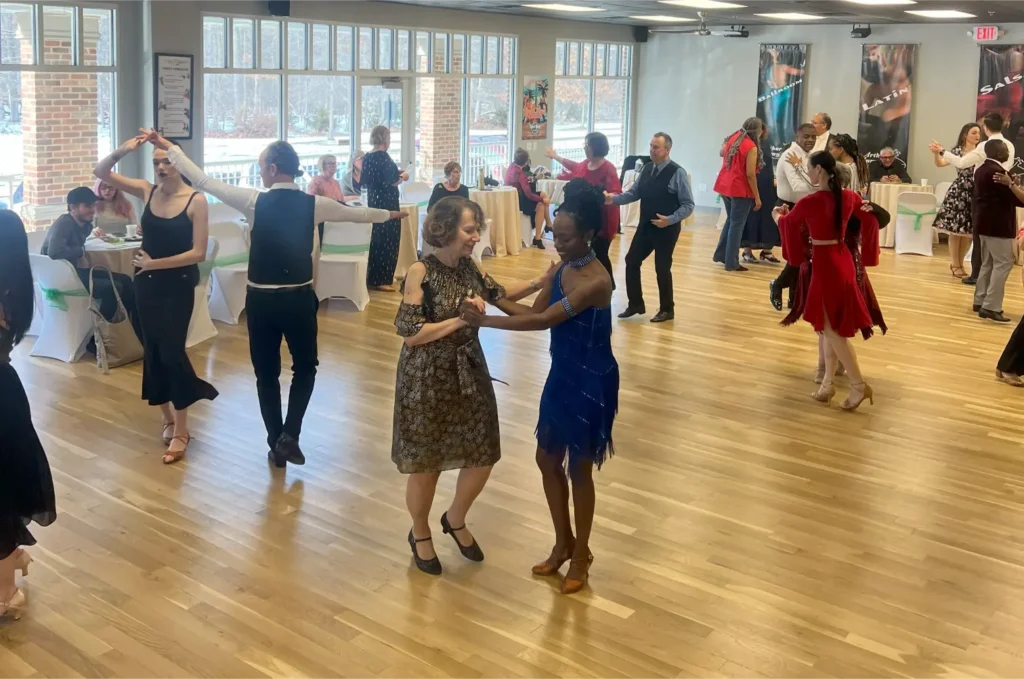Ready to spice up your life with a dash of Latin magic? Say hello to cha cha dancing—the sassy, snappy, smile-inducing dance that’s as irresistible as a fresh margarita and as lively as a carnival. Whether you’re aiming to impress your friends at the next party, torch some calories while having an absolute blast, or just vibe to some killer beats in your living room, learning to do the cha cha is like unlocking a secret superpower of pure joy.
This isn’t just about moving your feet; it’s an experience, a celebration, a way to connect with a rhythm that makes your hips sway and your smile grow wider. So, grab your dancing shoes (or socks, we don’t judge), and let’s cha cha our way through everything you need to know—from its fiery origins to how to look fabulous on the dance floor. With this ultimate guide, you’ll be shaking your hips with confidence in no time!
From Havana With Love: The Colorful History of Cha Cha Dance
Before we start grooving, let’s rewind the tape and see where this fabulous dance came from.
Born in Cuba, Raised by Rhythm
Before we even think about how to do the cha cha, let’s rewind the tape and peek into where this lively dance actually came from. What is cha cha if not Cuba’s gift to the world of dance?
The story begins in the energetic streets of Havana during the 1950s. It was a time of mambo, rumba, and a whole lot of salsa in the air. But not everyone could keep pace with mambo’s lightning-fast moves, and that’s where Enrique Jorrín comes in. This talented Cuban composer and violinist decided to slow things down just enough to give dancers a new, irresistible groove. His invention? The catchy “cha-cha-cha” rhythm—a dance so fun that its name echoes the shuffles and steps dancers make on the floor.
Fun fact – another Cuban latin dance with similar steps is Bachata with its various styles.
The Sound That Started It All
Enrique Jorrín’s musical genius gave birth to a fresh genre that blended Afro-Cuban beats with a cheeky little triple step—think of it as a musical wink. That infectious “cha-cha-cha” sound quickly captivated the dance halls of Havana, spreading like a tropical wildfire. The music is characterized by lively percussion, soulful brass, and jazzy piano tunes that make every foot tap uncontrollably.
The signature rhythm, a sort of “one, two, three, cha-cha,” made people move with a playful bounce, creating a dance that’s equal parts flirtatious and fun. As the song says: it’s impossible not to smile when you’re in the middle of a cha cha cha.
From Cuba to the World
As with most great things, the history of cha cha dance took a giant leap across borders. In the late 1950s and early 1960s, cha cha exploded onto the international scene. It invaded ballroom competitions, social clubs, and even wedding receptions with its infectious charm. People loved how the dance combined elegance with a sassy attitude, sparking countless dance crazes worldwide.
From New York City ballrooms to Tokyo nightclubs, the cha cha became a global staple. Today, it continues to evolve, fuse with other styles, and sprinkle its Latin spice into new musical forms, making sure the dance stays fun, fresh, and fabulous. The adaptability of the cha cha is one of its greatest strengths. It can be a highly structured ballroom dance, a laid-back social dance, or a high-energy performance piece. Its journey from a local Cuban innovation to a worldwide phenomenon is a testament to its universal appeal.
What Is Cha Cha?
If you’re wondering what is cha cha, let’s break it down in the most fun way possible.
Cha Cha Steps
Cha cha is a Latin dance that’s all about rhythm, sass, and precision. The basic step goes like this: two slow steps, followed by three quick ones. Think “two, three, cha-cha-cha”—and yes, you get to say it out loud if it helps.
It’s got bounce, it’s got flair, and it’s got just enough cheekiness to make you feel like a star. The forward and backward movement of the basic step, combined with the signature triple step, creates a dynamic and engaging rhythm that’s both challenging and rewarding to master.
Timing Is Everything
Cha cha is danced in 4/4 time, with the “cha-cha” steps landing on the fourth beat. That syncopation gives it a playful, staccato vibe that makes your feet want to move and your hips want to groove. The count is typically “one, two, three, four-and-one,” with the “four-and-one” being the iconic cha-cha-cha.
This quick, syncopated movement is what gives the dance its characteristic feel. Mastering this timing is the key to unlocking the dance’s full potential. It’s the difference between just moving your feet and truly dancing.
It’s All About the Hip Action!
To really rock the cha cha, you’ve got to stand tall, keep your spine straight, your core engaged, and your shoulders relaxed. The magic happens in the hips—they swivel naturally with each step, adding that signature Latin spice.
The hip movement, or Cuban motion, is generated by the bending and straightening of the knees. As you shift your weight from one foot to the other, your hips will naturally sway. This is a fundamental element of all Latin dances, and getting it right will make you look and feel much more confident on the dance floor.
What is Cha Cha Dance Music?
You can’t cha cha without the right tunes. The music is what makes this dance pop, sizzle, and sparkle.
What Makes Cha Cha Dance Music So Irresistible?
Cha cha dance music is like a party in your ears. It’s got a steady beat, syncopated rhythms, and a tempo that makes your feet itch to move—usually between 110 and 130 beats per minute. Percussion instruments like congas and bongos lay down the groove, while horns and piano add the sparkle.
The call-and-response between instruments, a hallmark of Afro-Cuban music, adds an element of playful conversation that is central to the dance itself. The music tells a story, and the dancers respond to it.
Legends of the Beat
Tito Puente, Celia Cruz, and Enrique Jorrín are just a few of the legends who’ve created cha cha masterpieces. Their tracks are timeless, and they still light up dance floors today.
Modern artists are also jumping on the cha cha train, blending it with pop, jazz, and even hip-hop. The versatility of the cha cha rhythm allows it to be integrated into a wide range of musical styles, keeping the dance fresh and relevant.
Picking the Perfect Track
If you’re just starting out, go for slower songs with a clear beat. As you level up, challenge yourself with faster, funkier tracks. The goal? Find music that makes you want to move—because if you’re not feeling it, you’re not cha cha-ing it. Listen to a variety of cha cha music to find what you connect with. Some classics to get you started include:
- “Oye Como Va” by Tito Puente
- “Sabor a Mí” by Los Panchos
- “La Bamba” by Ritchie Valens (a great example of a song you can cha cha to, even though it’s not a traditional cha cha song)
- Any song from the album Cha Cha Cha by Enrique Jorrín.
Final Thoughts: Why Cha Cha Dancing Is the Ultimate Mood Booster
Cha cha dancing isn’t just a hobby—it’s a celebration. It’s the kind of dance that lifts your spirits, gets your heart pumping, and makes you feel alive. With its rich history, infectious music, and playful moves, it’s no wonder people around the world are falling in love with it.
So whether you’re grooving in a studio, twirling in your kitchen, or showing off at a party, remember: the cha cha is all about joy, rhythm, and a little bit of sass. Now go out there and shake it like you mean it!
FAQs
What’s the difference between cha cha and salsa?
Cha cha has a distinct triple step (“cha-cha-cha”) and is generally danced at a slower tempo than salsa. Salsa is more fluid and circular, with a continuous forward-and-back motion, while cha cha is sharper and more linear, with a distinct side-to-side shuffle. The rhythm of salsa is typically “quick-quick-slow” on a 1-2-3, 5-6-7 count, while cha cha is “slow-slow-quick-quick-slow” on a 2-3-4-and-1 count.
Do I need a partner to learn cha cha?
Nope! You can absolutely learn solo. Many beginners start with solo footwork before partnering up. Plus, solo practice helps build confidence, technique, and a strong understanding of the rhythm. You can practice the basic step, turns, and other solo moves on your own, and then apply that knowledge when you find a partner.
How long does it take to learn cha cha?
It depends on your goals. You can learn the basic step in a single lesson, but mastering the dance takes time and practice. The good news? It’s fun every step of the way. If your goal is to be comfortable at a social dance, a few weeks of consistent practice will get you there. If you want to perform or compete, that will require a more long-term commitment. Remember, the journey is just as important as the destination.
What should I wear to a cha cha class?
Wear something comfortable that allows you to move freely. A pair of well-fitting shoes with a smooth sole (not rubber) is a good idea to help you pivot and turn. Avoid sneakers with high-grip soles. For social dancing, you can wear anything from casual clothes to more formal attire, depending on the venue. The most important thing is that you feel comfortable and confident.
What if I don’t have a good sense of rhythm?
Don’t worry! Everyone can learn to feel the rhythm. The key is to listen to the music and count the beats out loud. Start with a slow, simple song and just practice stepping on the correct counts. Your body will eventually start to feel the rhythm naturally. Practice makes perfect, and with a little patience, you’ll be grooving in no time.

